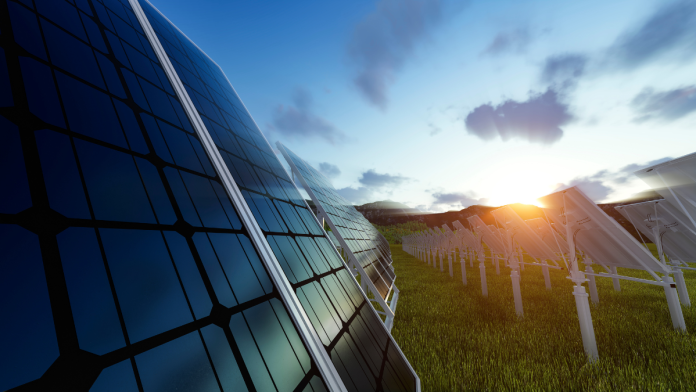The European Union (EU) has entered a partnership with the Port of Rotterdam to develop a Green Minerals Terminal at the Angra Point Hydrogen Hub in Lüderitz, Namibia. This terminal will handle critical raw materials including lithium, graphite, and manganese, which are essential for Europe’s clean energy transition, alongside green hydrogen imports and other strategic cargo.
The agreement was formalized alongside Namport, Namibia’s national Ports Authority, during the EU’s Africa regional workshop on Global Gateway Green Shipping Corridors.
This workshop brought together policymakers and industry leaders to strengthen sustainable shipping routes and secure access to materials crucial for the energy transition.
The EU is committing $715,000 to the terminal’s planning phase. This funding supports feasibility studies, infrastructure design, and early-stage development at Angra Point.
The project aligns with Namibia’s ambitions to become a regional hub for green hydrogen and minerals exports, reinforcing the country’s broader industrialisation goals.
The terminal is expected to:
- Increase Namibia’s industrial and export capacity, giving local producers direct access to international markets.
- Generate employment opportunities, supporting skill development in logistics, maritime operations, and green energy sectors.
- Strengthen Africa–Europe supply chain links, ensuring that critical minerals reach European manufacturers without reliance on unpredictable global markets.
Angra Point will serve as a central hub for green hydrogen imports and exports of transition minerals. Lithium, graphite, and manganese are vital components for battery manufacturing, renewable energy storage, and electric vehicles.
The terminal’s design will accommodate specialized handling, storage, and transshipment facilities to ensure compliance with European regulatory and technical standards.
Read Also: GreenGo and SET Select Partner on Mauritania Green Ammonia Project
Namport has already begun exporting green iron from other sites, demonstrating the country’s growing capability in sustainable mineral production.
By integrating green hydrogen and other critical minerals, the terminal will position Namibia as a key supplier in the global energy transition, while providing European companies with reliable access to materials that are increasingly scarce.
This initiative follows discussions at an International Maritime Organization (IMO) workshop in Walvis Bay, which included 30 African maritime authorities. The session focused on developing regional green shipping corridors, reducing carbon emissions, and enhancing resilience in maritime trade.
The project also supports the EU’s Global Gateway strategy, which seeks to strengthen international partnerships for secure supply chains, climate-focused trade, and sustainable infrastructure development.
The Angra Point terminal represents an effort to link African mineral production with European clean energy goals. It highlights the growing importance of Africa as a source of critical materials, while giving Namibia a central role in the global energy transition.



